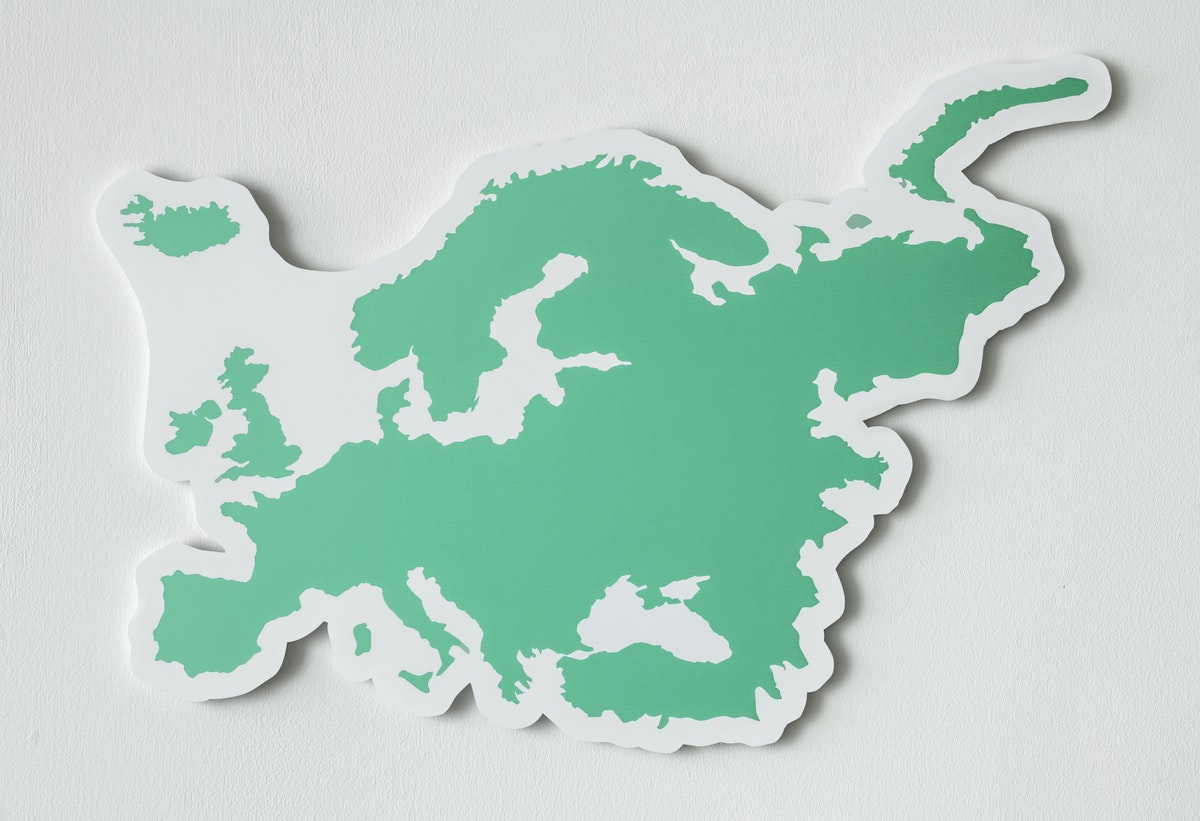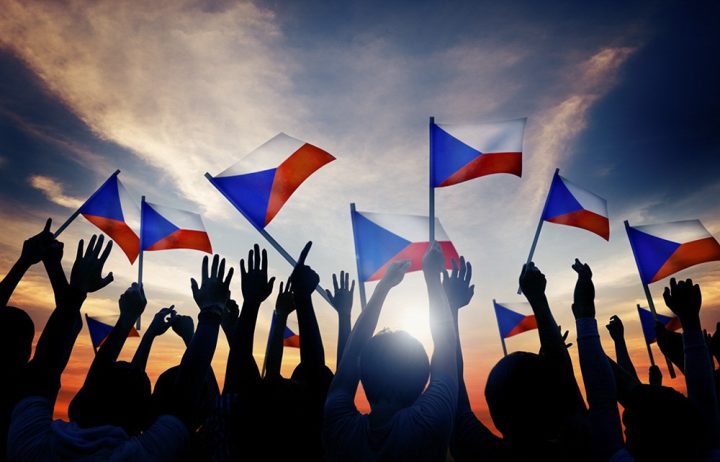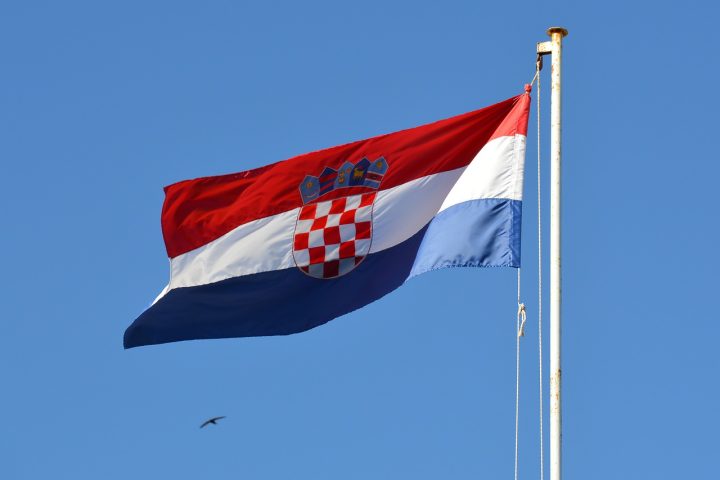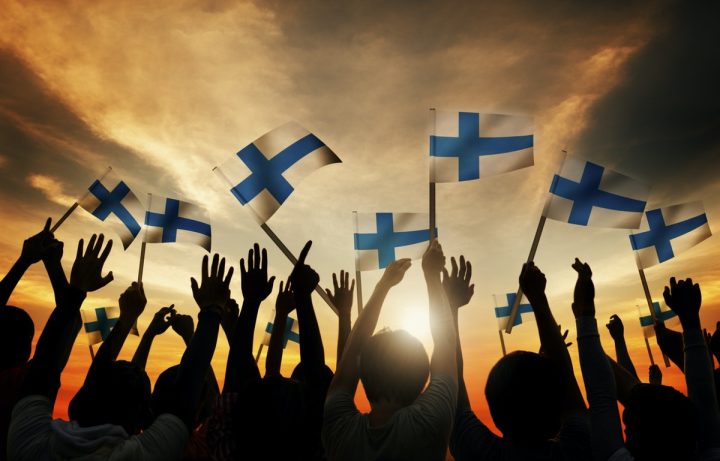European ecommerce overview: guide through ecommerce in Europe
Written by
Kinga EdwardsPublished on

Europe and its countries play an essential role in the global economy. Every country has its own consumers, its own sales dynamics, is governed by its own laws, or is influenced by other factors. The same is true of Europe and its countries. In this article, we have classified European countries into five groups, including Scandinavia, DACH, CEE, Balcans, and West Europe. Find out what their e-commerce secrets are with an in-depth look at individual countries!
#1 eCommerce in Scandinavia
Let’s begin with the ecommerce overview with Scandinavia. These countries are consumer countries. Their passion for new technology makes them famous for it. Willingness to purchase is heavily influenced by quality. The origin of the product or brand is also important. The interesting thing is that Scandinavians appreciate buying expensive products worth their money compared to cheaper products. What’s more, online research plays a significant role in consumer behavior – before shopping, online research is done by 53% of Swedes. Also, Finns use the intent not only to shop but also to compare prices. Due to Norway’s perceived high prices, more and more cross-border purchases occur, mainly in Sweden. The average amount spent online by Norwegians is 220 euros!
Consumers are interested in domestic products. Norwegians have a solid loyalty to domestic brands, although this doesn’t translate to e-commerce. However, you can see that brand loyalty is declining as about 77% of loyalty programs fail in two years in Sweden.
The environment is essential to Scandinavians. As a result, ecology is becoming an increasingly important factor influencing the purchasing decisions of Finns, Swedes, and Norwegians. Especially noticeable after a higher intake of fruit or vegetables and a lower intake of meat or fish. Organic food is also becoming an increasingly popular purchase. In Sweden, it’s predicted that by 2035 up to ¾ of grocery purchases will be made online.
In Norway, there are over 4.4 million online buyers. User penetration was provided to 81.3% in 2020 and is expected to reach 86.2% in five years. Also, by the end of 2025, it is forecasted to reach 73.5% in Finland. On the other hand, Sweden’s user penetration stands at the level of 76.6%, and by the end of 2025, it could hit 81.8%.
For consumers, user experience is significant. Therefore if you want to conquer their market, you have to take care of it. High-speed internet access, excellent coverage in terms of the network and mobile devices, and at the same time, large distances between the centers make Scandinavia an ideal place for e-commerce development. The following articles provide more information about ecommerce in Norway, Sweden, and Finland. Enjoy it!
- European Ecommerce Overview: Norway
- European Ecommerce Overview: Sweden
- European Ecommerce Overview: Finland
- European Ecommerce Overview: Denmark
#2 eCommerce in DACH
DACH market, as one of the biggest markets in Europe, is an excellent environment for e-commerce development. This region is among the most advanced in the world. DACH means: D — Deutschland (Germany), A — Austria, CH — Confœderatio Helvetica (Switzerland). Thus, it refers to German-speaking Europe. This region has one of the world’s largest economies that’s doing well offline and online. Due to the high demand of consumers, trade is booming there.
2020 was expected that spending per shopper in e-commerce in Germany would reach €1,530. It shows how rapidly the German e-commerce market is developing. But also Austria and Switzerland represent an interesting market. The value of Austrian e-commerce in 2024 is predicted to hit US$8,818 mln. 85% of its population are internet users, of which almost 5.2 million users purchase online. It’s also expected that by 2024 the Swiss e-commerce market volume will amount to USD 10.701 mln! 90% of Swiss internet users shopped online at least once in 2017.
Germany is the leading country in Europe when it comes to the number of online stores. In 2017, more than 175,000 online stores were in Germany, and Austrian consumers love to do cross-border shopping because most of the most popular retailers are based abroad. The Swiss like cross-border purchases, and 64% bet on products from abroad, and more than half of cross-border acquisitions come from Germany.
Doing grocery shopping online is getting more and more popular. The reason people choose online shopping is the fact that they find it more convenient and the prices online are lower. Online shopping is becoming popular in Switzerland too, among almost the entire society. The Swiss purchasing behavior aims to reduce consumerism, and for consumers, the origin of the products is essential. Price-quality ratios are crucial in this country, and brand prestige is less critical.
German consumers buy electronics and media the most. The second place belongs to the fashion sector, and then we have toys, hobby, and DIY. The largest industry in Austria is fashion, subsequent electronics and media, toys, hobby, and DIY. But in Switzerland, the largest segment is electronics and media, then fashion, food, and personal care.
Ecommerce market in Germany, Austria, and Switzerland offers many opportunities for your business, but it’s essential to keep in mind that high potential means high competition too. You can read more about these countries in the following articles:
- European Ecommerce Overview: Germany
- European Ecommerce Overview: Austria
- European Ecommerce Overview: Switzerland
#3 eCommerce in CEE
CEE countries are EU member states which were part of the former Eastern bloc. The following countries are included: Czech Republic, Estonia, Hungary, Lithuania, Latvia, Poland, Slovenia, Slovakia, Ukraine, Russia. This market is more complex than Scandinavia and DACH. Find out why!
The most significant sector in CEE ecommerce is electronics & media, fashion, toys, and hobby. However, for consumers from many countries, the price is the most crucial factor influencing purchasing decisions. These consumers usually come from Latvia, Ukraine, Slovakia, the Czech Republic.
In Russia, the decisive factors in purchasing are products’ brand, quality, and durability. The price is not very important. The Russian e-commerce market is not significantly developed yet, but it’s still in the growth phase. There are almost 69 million users of ecommerce in Russia. User penetration in five years is expected to hit 50.4%.
Estonia is all about the Internet and startups. In the world, this country has the best connectivity. That’s why the Internet contributes greatly to the economy. In Estonia, user penetration may reach by the end of 2025 63.4%.
Latvia buys from Russia’s shops the most, with US$4.84 billion in imports. Ecommerce revenue in Latvia was hit US$304 mln by the end of 2020.
Lithuanians have different preferences depending on income or age group. Therefore, the market is experiencing high fragmentation. Wealthier customers often choose the brand as the primary determinant of purchases, while prices are a determinant of quality. In five years, in Lithuania, ecommerce may hit US$1,090 mln thanks to an annual growth rate at the level of 5.9%.
Ukrainian consumers are curious about products from across the western border, which are perceived as better quality and not readily available. Ecommerce in Ukraine is developing among Ukrainians, but it remains a small percentage share – only about 29% of Ukrainians shop online or pay bills in this way.
In Slovakia, there are more and more high-quality fans, despite the high price – this is related to the increase in income in this country. Therefore, consumer awareness is also increasing in this country! In Slovakia, there are 22 million Slovaks doing shopping online, and in five years, ecommerce may hit US$1,396 mln.
In the Czech Republic, local brands are attracting more and more attention, as is the case with ecological and healthy products. What’s more, ecommerce in the Czech Republic is doing quite well. It is predicted that in five years, its revenue will hit US$4,513 billion.
Hungarian society is developing rapidly, and so is consumer awareness. Therefore, more and more Hungarians pay attention to what kind of food they buy and give up highly processed, ready-made meals. In addition, environmental awareness is also growing here. There are almost 5 million ecommerce users in Hungary, which means that user penetration stands at the level of 50.3%.
Last but not least is Slovenia. In five years, thanks to an annual growth rate at the level of 6.7%, the market volume may reach US$696 mln. Slovenia ranks among the wealthiest countries of the Balkans. The Western European consumer influence is evident here, i.e., consumers are becoming more consumer-oriented. Despite this, Slovenes prefer well-known local brands over unknown foreign brands.
For more information about all the countries listed, please choose the correct article:
- European Ecommerce Overview: Russia
- European Ecommerce Overview: Estonia
- European Ecommerce Overview: Latvia
- European Ecommerce Overview: Lithuania
- European Ecommerce Overview: Ukraine
- European Ecommerce Overview: Slovakia
- European Ecommerce Overview: the Czech Republic
- European Ecommerce Overview: Hungary
- European Ecommerce Overview: Slovenia
#4 eCommerce in Balkans
And here are the Balkans! We contained Croatia, Bosnia and Herzegovina, Romania, Serbia, Moldova, Bulgaria, Albania, and Greece. Of course, this market isn’t also easy for new companies compared to other countries.
The largest segment in many countries in ecommerce is Fashion, for example, in Croatia and Greece. This is followed by electronics & media, and then comes food & personal care. Like in CEE, the price is essential for Croatia, Romania, Bulgaria, Albania, Greece.
Croatia is the second most economic wellness country in the Balkans. Croats appreciate local brands and support local entrepreneurs. In addition, their culture and products associated with it are very important to them. There are over 2 million ecommerce users in Croatia, which means that user penetration stands at 54.8% in 2020.
In Bosnia and Herzegovina, consumers aren’t used to shopping online. Only 15% of consumers in this country do shopping online or pay bills via the Internet. Nevertheless, they are willing to pay for online content. In Bosnia and Herzegovina, by the end of 2025, its market volume may be $304 mln as there are 1.3 m people doing shopping online.
Romanian consumers are very responsible and cautious. They are attached to their favorite brands and are reluctant to buy new ones. An important factor is the price-quality ratio. Romanians are willing to pay more for a better quality product. Furthermore, in Romania, there are 8.3 million online shoppers who do shopping online. It means that user penetration in 2020 reached 43.4%.
Serbs spend money only on what is helpful in life. They are willing to save on entertainment or media. However, Serbs choose online shopping more and more often, and it is expected that the ecommerce market will become more popular. In Serbia, revenue in the ecommerce sector reached US$490 mln, and it may reach US$609 mln by 2025.
About 37% of Moldovans do shopping or pay bills online. It is estimated that ecommerce will develop dynamically over the years. Therefore, there is a lot of potential for new entrants. Ecommerce in Moldova is still relatively new; therefore, there is a data shortage. Revenue in this market is projected to hit US$148 mln by the end of 2021.
Bulgarian consumers are still not 100% convinced about online shopping, but more Bulgarians are also choosing to shop online. Therefore, this market still has considerable growth potential. Bulgaria has 2.8 million ecommerce users, which means that user penetration in this market will reach 40% by the end of this year, and in five years, it should hit 58.3%.
Albanians are actively looking for promotions and are willing to use them. They are very much influenced by advertising, especially TV ads. After-sales services, just like e-commerce, are just getting started. Albania in five years can reach US$192m thanks to an annual growth rate at the level of 11.2% as there are over 1 million ecommerce users.
More and more Greeks are transferring their purchases to the web – it allows comparing the offer and prices quickly. In addition, online shopping is simply considered more convenient. In all of this, Greeks highly appreciate local products. Greece has more than 5 million online users, so user penetration in this market hit 50% in 2020 and is forecasted to reach 59.3% in 2025.
Check out this articles for more information:
- European Ecommerce Overview: Croatia
- European Ecommerce Overview: Bosnia and Herzegovina
- European Ecommerce Overview: Romania
- European Ecommerce Overview: Serbia
- European Ecommerce Overview: Moldova
- European Ecommerce Overview: Bulgaria
- European Ecommerce Overview: Albania
- European Ecommerce Overview: Greece
#5 eCommerce in West Europe
Here you will find essential information about ecommerce in Belgium, The Netherlands, Liechtenstein, France, Spain, and Portugal. Let’s start!
In Benelux, the most popular segment in ecommerce is fashion, electronics & media, toys, hobby & DIY, furniture & appliances, and food & personal care. Also, in France, Spain, and Portugal, fashion is the largest market.
The convenience of shopping and the price is vital to Belgians. The convenience of online shopping also saves them time. Additionally, they enjoy comparing prices. The Netherlands has a strong consumer culture. Prices and quality are the main determining factors of purchase. For better quality, the Dutch are willing to pay more. Luxemburgers place a high value on quality. They are, however, prone to price cuts and promotional offers on everyday products.
Aso, French and Spanish society can be classified as a consumption one. Consumption is considered a pleasure to them. In France, culture, restaurants, and entertainment are essential. The French prefer large, mass-market companies. Interestingly enough, they trust large retailers less than small local retailers. One of the most critical factors for Spanish people purchasing is the price. Customer service, promotions, and easy payments all play a big role in this. Spain’s Internet users spend an average of 460 euros per month. Spanish consumers are very appreciative of domestic products, despite the visible influence of globalization in this country and market.
The Portuguese are becoming increasingly concerned about their household budget and the environmental impact of consumerism. In this country, consumers do not buy impulsively. Instead, a key element in choosing a product is sustainable development and origin. What’s more, health is essential to the Portuguese, and most of them favor natural products.
If you want to know more, read this articles:
- European Ecommerce Overview: Benelux
- European Ecommerce Overview: France
- European Ecommerce Overview: Spain
- European Ecommerce Overview: Portugal
Final words
Now you know a lot about European ecommerce. You certainly noticed that it’s essential to understand every country’s markets’ mentality and consumer habits to introduce your company to consumer’s needs. If you do that, you will realize you’ve made the first step to achieve success in this region!


